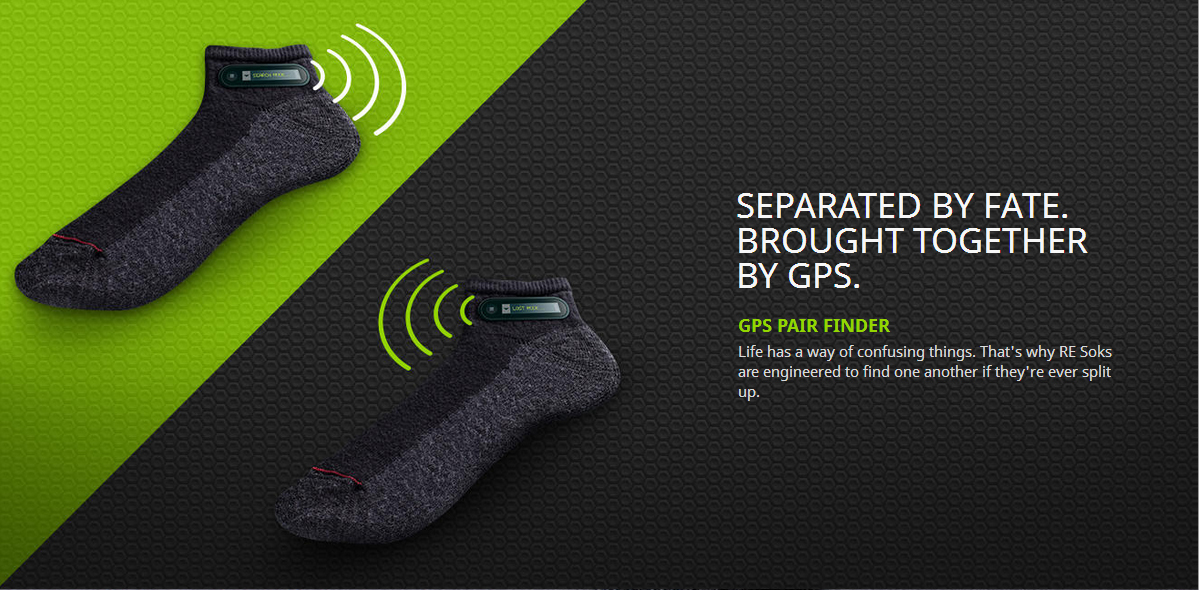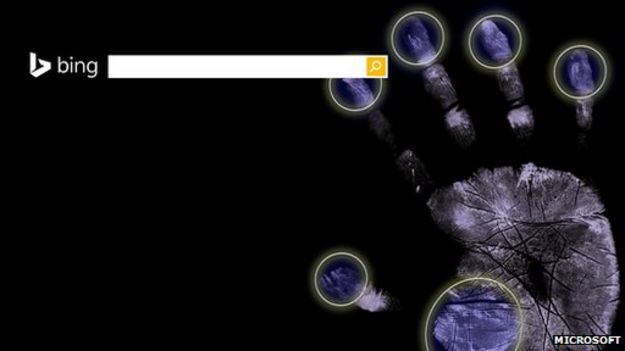The worlds largest technology event came to a conclusion just over a week back so here is a summary of reports and roundups written by different people. Feel free to add yours in the comments:
The best way is to start with this Video of different gadgets by Orange (excuse their adverts)
Maravedis-Rethink has an excellent summary from Network point of view:
Now all the carriers have the same devices, and the all-you-can-eat offers are largely gone. This has shifted the competitive race to innovation in pricing and bundling; to services, even over-the-top ones; but most importantly to the one area which is still unique to MNOs, their licensed-spectrum networks. The race to implement more and more advanced features from the 3GPP menu is not just a carrier game of ‘mine’s bigger than yours’, but a truly necessary attempt, at least in the developed mobile markets, to differentiate themselves with the most advanced network capacity and capabilities.
In the network, new battle lines are being drawn, and the players are placing big bets on unproven technologies and new architectures. This is taking place on two levels – the well-understood but highly complex advances in RAN platforms, from the LTE-Advanced standards to small cells to Cloud-RAN; and the shift towards software-driven, if not yet fully software-defined networking, and towards virtualization.
Complete summary
here.
Chetan Sharma has written a brilliant summary and covers all different topics:
All the progress that has been on the mobile economy has been on the back of trillions of dollars of investment over the last couple of decades. With declining margins, how long do operators continue to invest and at what pace? What’s the margin profile they are willing to live with? What’s the role of government in building out the infrastructure when high-speed mobile networks are concerned? Japan, Korea, Israel have all based their competitiveness on connected broadband world. Can others follow? The impact of Whatsapp launching voice services and Netflix/Comcast deal were hotly debated in the hallways. It is one thing to put out national broadband plans and it is entirely another reality to have an execution path to deliver on the plan. The broadband investment has much far reaching implications than most people and governments realize.
Complete article
here.
Ian Poole from Radio Electronics has done a good job too with the summary and video:
There was a considerable amount of talk about connected cities, connected cars and the like. Many exhibitors at Mobile World Congress were showing their ideas and developments. There is a huge amount of work going on in these areas and this is reflected in the work and products being exhibited.
Said Mike Short, VP Telefonica: “Mobile World Congress is more of a data World Congress . . . . . . . there are many software companies, many special network companies, other companies providing billing and customer care and there are solutions for the whole digital economy”
Talking to a variety of people across Mobile World Congress, it was obvious there is a large amount of work going on.
In terms of the auto mobile industry there is a lot of interest and development. While it is not expected all of the work will come to fruition in the short term, such as mesh networked cars where the networking elements can be used for crash avoidance, etc, there are other areas for in car connectivity that will be implemented in the shorter term.
Qualcomm were even demonstrating an electric racing car that not only used wireless communications technology, but also utilised wireless charging. In this way they were incorporating two developing technologies.
In addition to this, technologies like Weightless – the white space data cellular system have moved forwards. The original aim was for the technology to be used in the television white space to provide low powered data communications particularly for remote sensors and actuators. For these applications, cellular technology is too heavy. Dealing with complex waveforms like OFDM requires considerable processing and this is not conducive to long battery life – some devices ae expected to operate for months or even years from the same battery.
Neul has been working to develop the ideas further. They are now looking at using unlicensed spectrum instead of the TV white space. They have found that in urban areas, little white space often exists. Unfortunately it is often in urban environments where population levels are highest and there will be the greatest need for low power data communications.
In another move announced at Mobile World Congress Orange announced that it is helping start up companies who are developing products for the IoT. Orange states that it wants to help them accelerate development and assist with marketing. This move is possibly a long term move, because it can only be approached with 4G, but with 5G anticipated to be more capable of meeting IoT requirements it should be able to enter the market more strongly when it arrives. It is anticipated that the main areas where IoT will start to grow initially are personal services, healthcare, the connected home and smart cities.
Complete report and the video
here.
Finally, an excellent summary on Small Cells and related by ThinkSmallCell:
The official Small Cell conference track was pretty tame - Vodafone have deployed 300K Small Cells in total, KT (Korea Telecom) and Radisys spoke of 18K LTE deployed in mostly indoor metropolitan areas. Vodafone said they continue to drive vendors to deliver multi-technology small cell and backhaul products with high operational efficiency and look for added value to help the business case. By contrast, the Small Cell Forum booth hosted extensive and popular presentations and is perhaps outgrowing its booth format.
A key network equipment vendor theme was SDN (Software Defined Network) and NFV (Network Function Virtualisation). We can expect next year to see this evolving to orchestration - better methods of managing and manipulating these virtualised software components, but in the short term it means slightly less or cheaper hardware. Frankly, I was more impressed to see Huawei now supporting any of 2G, 3G or LTE (FDD&TDD) on the same physical macrocell radio hardware modules - true software definable radio. We are beginning to see that capability for Small Cells too, but it's not quite as mature yet.
Most of the Small Cell activity is around 3G indoor (Enterprise) and LTE outdoor (Urban), with 3G still important indoors (for voice) and LTE HetNets seen as the longer term solution for capacity. At least four DAS vendors announced lower cost, simpler products intended to address larger buildings and stadia - highlighting the growing demand for in-building cellular solutions. Many new LTE Small Cell vendors are appearing on the scene. Residential femtocells still have a place in the market especially where integrated into a broadband modem or set-top box, driven by a different business case than before. There were some signs that the radical approach of Free France, who are shipping many 10Ks of femtocells a month, may be emulated by others.
Complete report
here.
Ronald Gruia from Frost&Sullivan has created a summary presentation on Slideshare that is embedded below:
Other Summaries worth reading:
There was also a Carrier Wi-Fi Summit going on in parallel to the main MWC. A summary of that is available on the WBA website here:
Day 1,
Day 2,
Day 3 and
Day 4.

Claus Hetting has also added an excellent summary of the Carrier Wi-Fi Summit on his
blog here.

















































